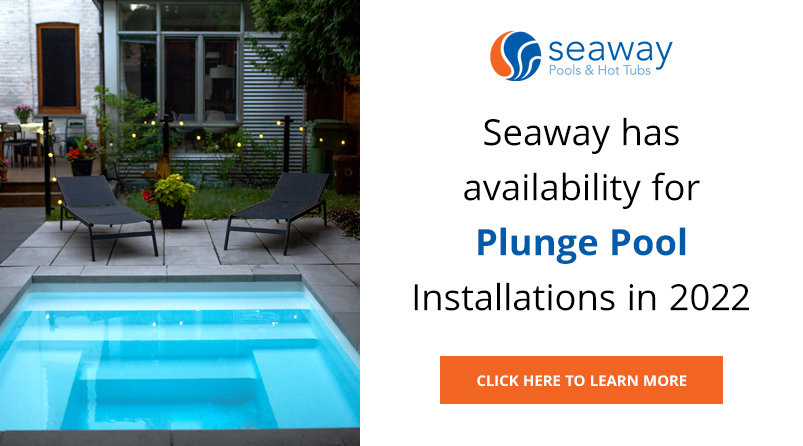May
2016
23
What Pool Chemicals to Use on Your Backyard Pool
When you think about your backyard pool, you probably think about the amazing spring and summer memories you’ve shared with the people you love around the pool. But having a backyard pool isn’t all fun and games. Besides the exciting pool games, tanning sessions, and poolside snacks, you also need to conduct regular maintenance to ensure your backyard pool is adequately clean. But how many chemicals are actually in these cleaning products?
When we think of chemicals in our pool water, the first thing that crosses our mind must be chlorine. But did you know that there are many other chemicals in our backyard pools that all work together to ensure the best water quality and pool conditions? Before you add anything into your backyard pool, there are two things you must do. First, know how much water you have in your pool, and second, understand the effect of the chemicals. The different number of gallons of water requires different amounts of chemicals. So measure your pool beforehand to make sure the chemicals are kept at a safe level. When adding chemicals into your backyard pool, it should be done over time. Don’t add too many in at once, only add half the recommended amount to see if your pool water is balanced. Let the chemicals settle in for about 2 hours before you determine whether you need to add the other half to your backyard pool.
Chlorine is the most common and efficient sanitizer in everyone’s backyard pools and should be maintained at a level of 1-3 ppm. Unfortunately, chlorine is often reported to irritate the skin and develop odours. However, the real reason behind such defects is actually caused by the contaminants that bind to the chlorine and prevent it from working. To get rid of it, you should shock your backyard pool with chlorine again to remove materials such as saliva, skin cells, sweat, urine, soil, leaves, and other debris. One pound of shock treatment will clear up 10,000 gallons of pool water. So after shocking your background pool, leave your pump and filter on for at least 10 hours. Preventing algae growth is also essential, so remember to add algaecide after every shock treatment.
Bromine is also a common alternative of chlorine to sanitize your pool. You should also test the water in your background pool a couple of times each week for sanitizer, pH, alkalinity, and calcium levels. As a standard guideline, pH levels should be kept at 7.2-7.6 total alkalinity at 120-150 ppm, calcium hardness at 200-250 ppm for concrete pools or 175-225 ppm for vinyl pools, free chlorine at 1-3 ppm, and free bromine at 3-5 ppm. Most importantly, make sure there are no traces of metals such as iron or copper in your backyard pool.
Not sure how the slight differences in levels of chemicals will affect your backyard pool? Feel free to book an appointment today with Seaway Pools & Hot Tubs. We have many years of experience in all things pools and we will try our best to give you the best solutions for your needs. Please don’t hesitate to contact us at 905-294-8030, or on our toll-free number 1-888-494-8030, or by email at online@seawaypoolsntubs.com.

